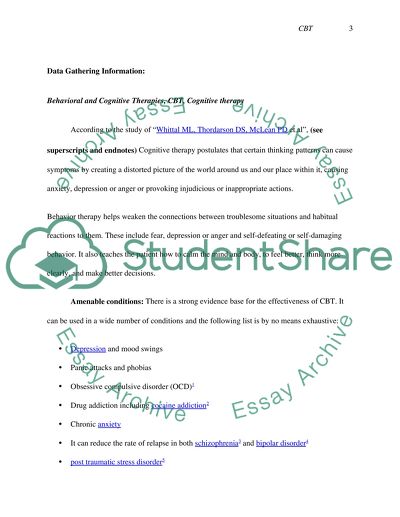Cite this document
(“Cognitive Behavioral Therapy Essay Example | Topics and Well Written Essays - 1000 words”, n.d.)
Retrieved from https://studentshare.org/psychology/1510525-cognitive-behavioral-therapy
Retrieved from https://studentshare.org/psychology/1510525-cognitive-behavioral-therapy
(Cognitive Behavioral Therapy Essay Example | Topics and Well Written Essays - 1000 Words)
https://studentshare.org/psychology/1510525-cognitive-behavioral-therapy.
https://studentshare.org/psychology/1510525-cognitive-behavioral-therapy.
“Cognitive Behavioral Therapy Essay Example | Topics and Well Written Essays - 1000 Words”, n.d. https://studentshare.org/psychology/1510525-cognitive-behavioral-therapy.


